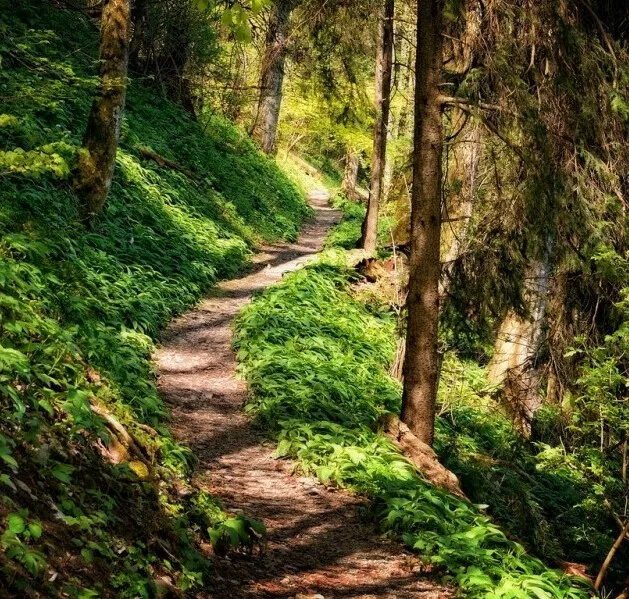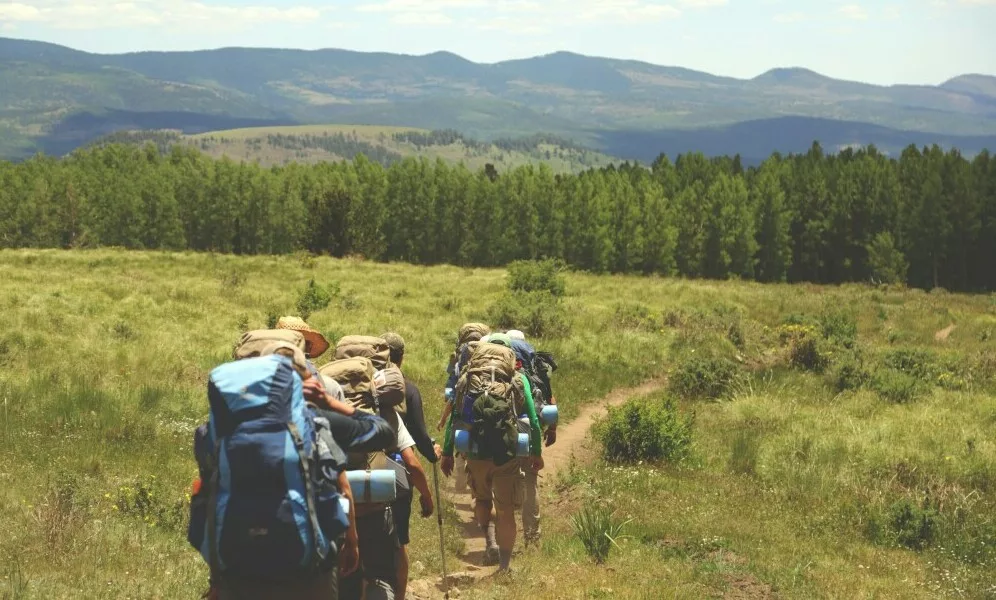Exploring the Impact of Hiking Trails on Wilderness: A Balanced Approach

It never fails, when I am out hiking, I find trash some moron left behind. One way to really get on my nerves is littering. I find myself carrying a trash bag with me whenever I am on short little hikes, cleaning up what I can. I wish everyone could just be a decent human being and pick up after themselves. Hiking trails are the veins of the wilderness, essential for its vitality by providing pathways for us to explore and appreciate the natural world. However, this exploration comes with a responsibility to balance our enjoyment with the protection of the environments we traverse. It’s not just a stroll through the woods; it’s about understanding the impacts, both positive and negative, that our presence has on ecosystems.
The Positive Impacts of Well-Designed Trails

Well-designed hiking trails are more than just routes for our feet; they play a crucial role in preserving nature. By establishing designated paths, trails help minimize disturbance to sensitive ecosystems that might otherwise be trampled. They prevent erosion by stabilizing the ground and controlling runoff, acting as barriers that preserve the land’s integrity.
The Negative Impacts of Poorly Maintained Trails
Conversely, trails that are not thoughtfully designed or maintained can be damaging. Inadequate trails may cause erosion, harm vegetation, and lead to unintended encounters with wildlife. When trails become overgrown or poorly marked, hikers might stray off the beaten path, trampling through sensitive areas that need protection.
Planning and Constructing Eco-Friendly Trails
Constructing trails with the environment in mind is essential. Avoiding sensitive areas and choosing durable materials reduce environmental impact. Trails should harmonize with the land’s natural contours to help safeguard local foliage and fauna.
The Role of Hiker Education and Behavior in Trail Sustainability
Understanding the importance of trail etiquette isn’t just about keeping the outdoors tidy; it’s about ensuring they can be enjoyed by future generations. The Leave No Trace principles offer a roadmap for minimizing our ecological footprint while hiking. These guidelines are essential for preserving the integrity of our natural spaces.
Sticking to established trails prevents trampling fragile vegetation and disturbing wildlife habitats. Observing wildlife from a respectful distance and maintaining low noise levels minimizes intrusion into their habitats. Campfires, while a source of warmth and comfort, must be handled cautiously to prevent devastating wildfires.
Mitigating the Negative Effects of Trail Use
With the surge in trail popularity, the negative effects on the environment become more apparent. Planning trails involves preemptive care for ecosystems. By mapping out routes that avoid sensitive habitats, hiker impact can be significantly reduced. Sticking to these established trails is a straightforward step to minimize harm.
Unintentional actions, like straying off the path for a perfect photo, can cause significant damage. Therefore, sticking to the beaten path is not just a suggestion but a responsibility.
Embracing Responsible Hiking

Hiking isn’t just a recreational activity; it’s a gateway to appreciating and preserving natural beauty. Being a responsible hiker ensures that these natural wonders remain unspoiled for generations. Health benefits, mental clarity, and the joy of exploration draw us to the trails. Respecting the rules that protect these experiences is essential for ensuring enjoyable and sustainable adventures.
Don’t worry about making small mistakes; we are all learning to be better stewards of nature. It’s the collective effort that yields the most significant payoff. Every step towards responsible hiking contributes to a sustainable future for our trails.
Join the growing number of outdoor enthusiasts who understand the importance of protecting our trails. Together, we can maintain the beauty and accessibility of nature’s playgrounds. Next time you set out on a hike, remember the impact you have and make choices that contribute to the longevity and preservation of these natural spaces.
** Here’s a little transparency. Our website contains affiliate links. This means if you click and purchase, we may receive a small commission. Don’t worry, there’s no extra cost to you. It is a simple way you can help support our mission to bring you quality content. **
(As an Amazon Associate, I earn from qualifying purchases)